NEET Exam > NEET Notes > Biology Class 11 > Cheat Sheet : Respiration in Plants
Cheat Sheet : Respiration in Plants | Biology Class 11 - NEET PDF Download
Do Plants Breathe?
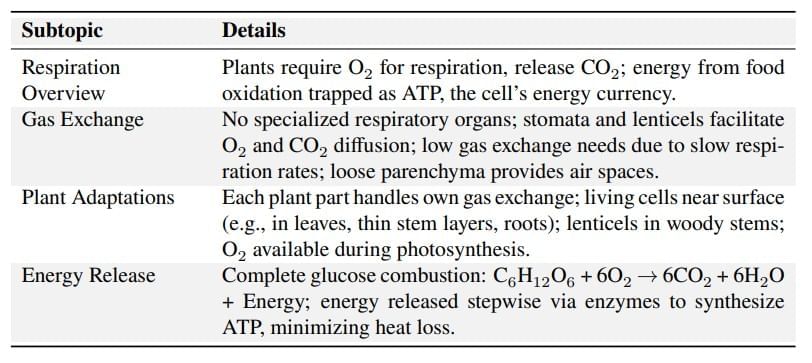
Glycolysis
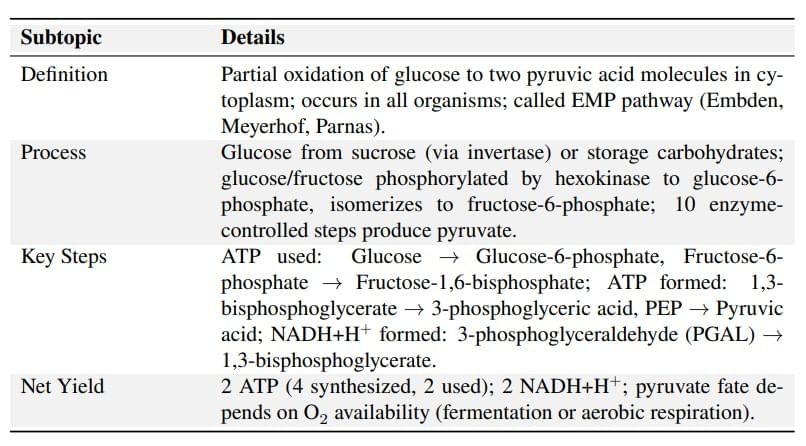
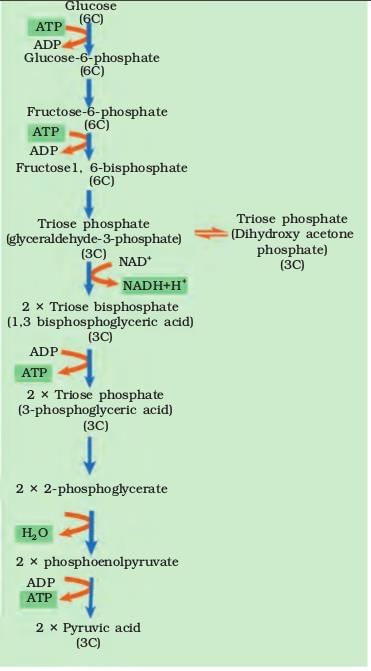 Steps of Glycolysis
Steps of Glycolysis
Fermentation
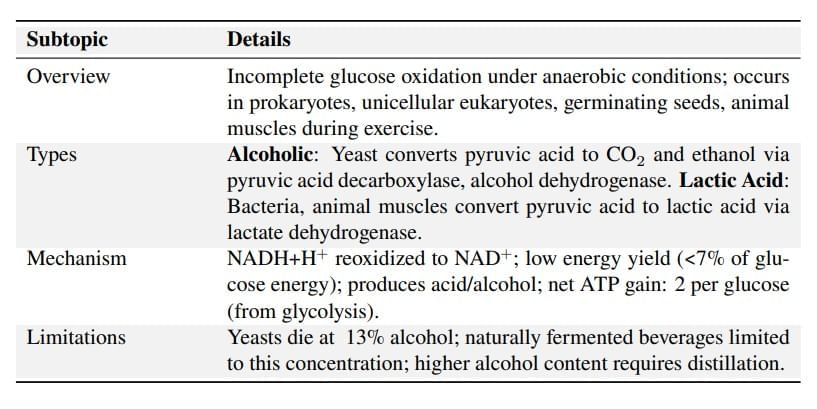
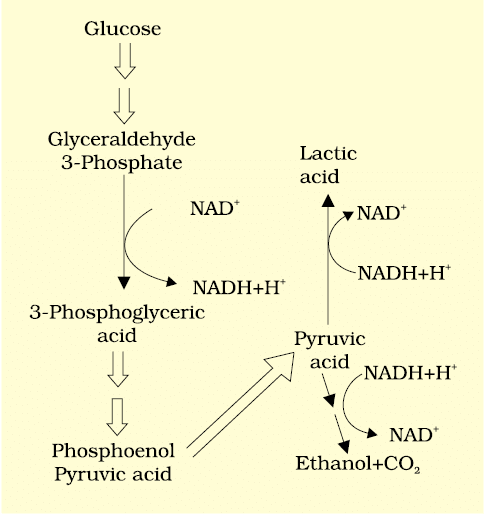 Major Pathways of Anaerobic Respiration
Major Pathways of Anaerobic Respiration
Aerobic Respiration
(i) Overview and Pyruvate Oxidation
(ii) Tricarboxylic Acid (TCA) Cycle
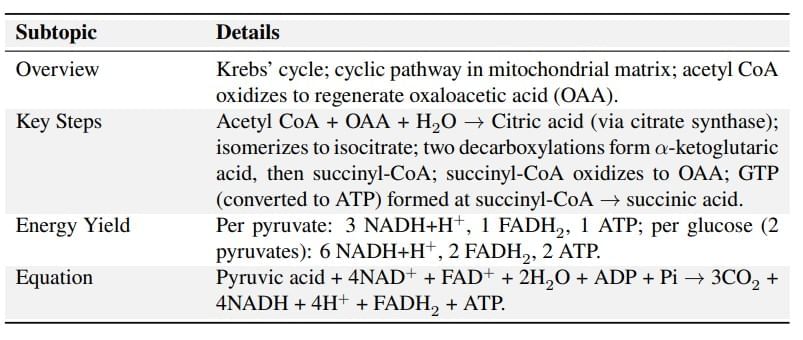
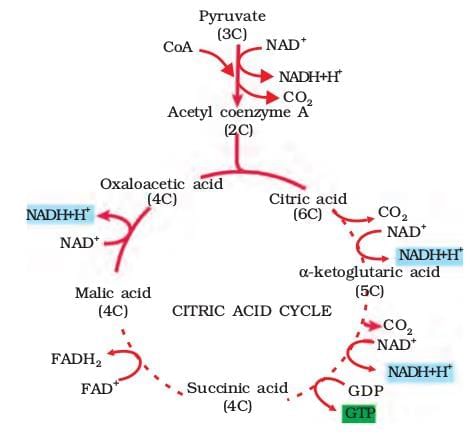 TCA Cycle
TCA Cycle
(iii) ETS and Oxidative Phosphorylation
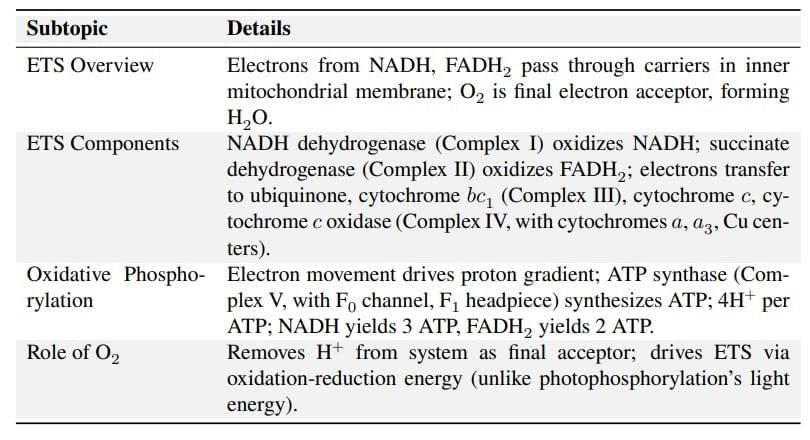
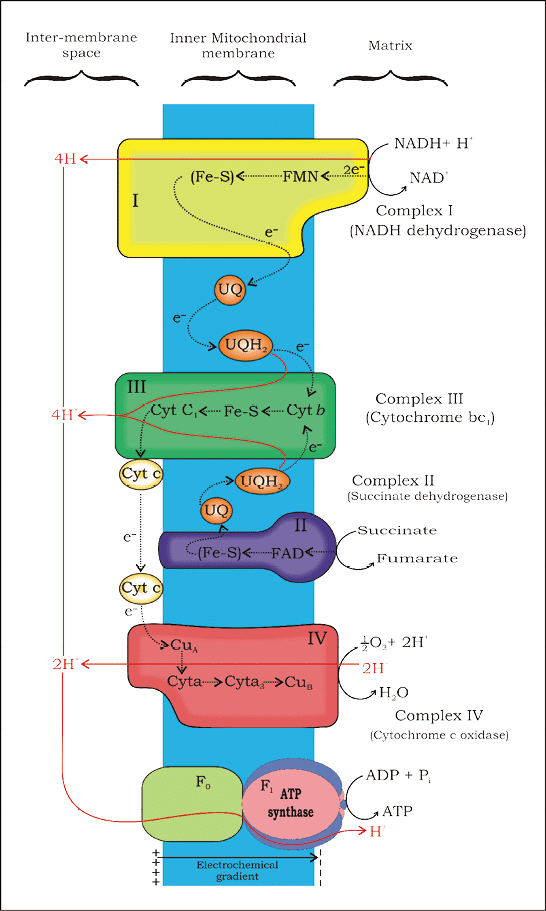 Electron Transport System (ETS)
Electron Transport System (ETS)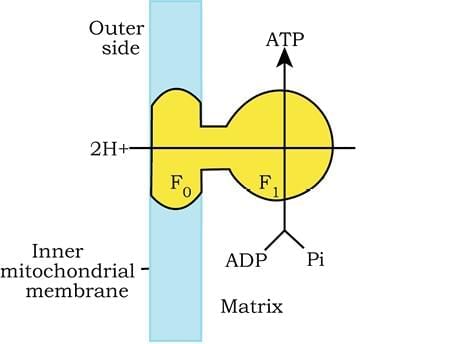 ATP Synthesis in Mitochondria
ATP Synthesis in Mitochondria
Respiratory Balance Sheet
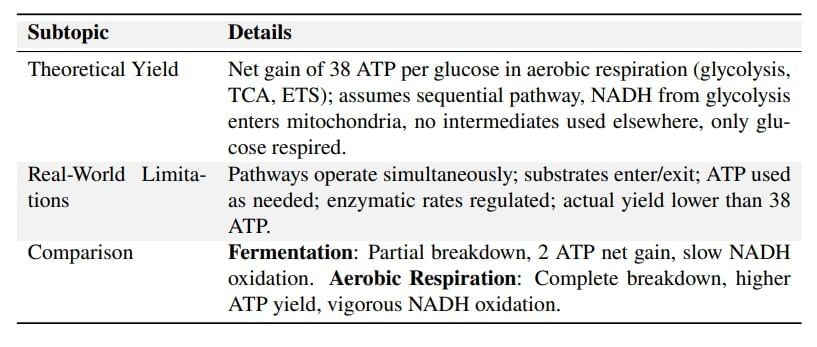
Amphibolic Pathway
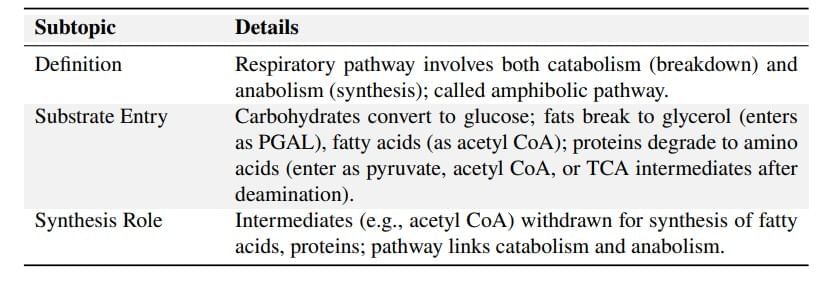
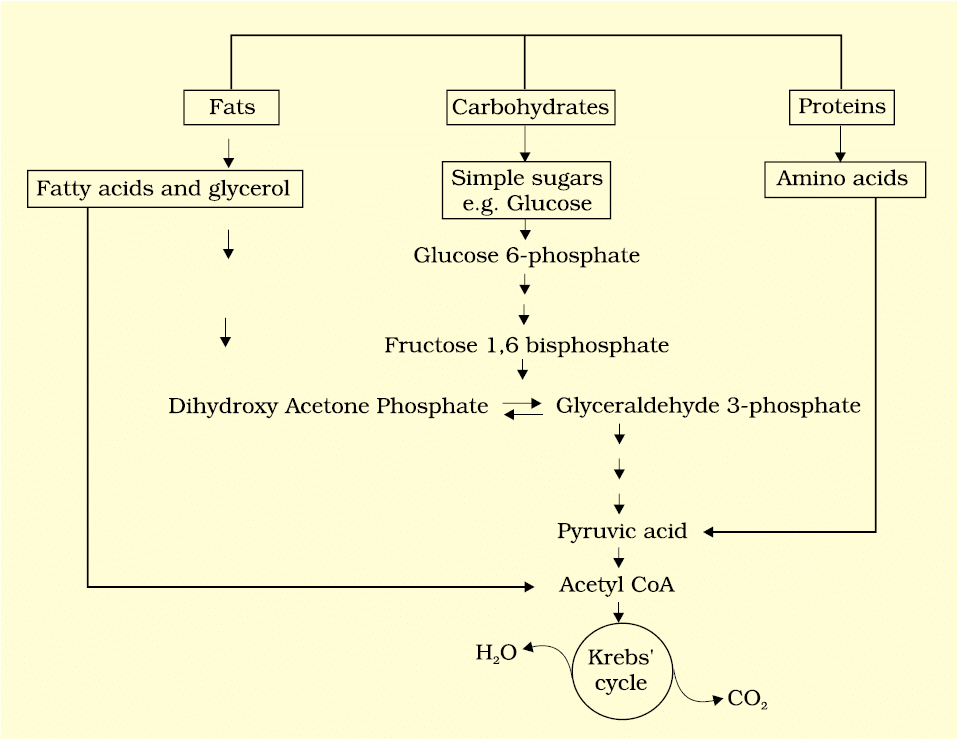 Interrelationship among metabolic pathways showing respiration mediated breakdown of different organic molecules to CO2 and H2 0
Interrelationship among metabolic pathways showing respiration mediated breakdown of different organic molecules to CO2 and H2 0
Respiratory Quotient

The document Cheat Sheet : Respiration in Plants | Biology Class 11 - NEET is a part of the NEET Course Biology Class 11.
All you need of NEET at this link: NEET
|
183 videos|524 docs|136 tests
|
FAQs on Cheat Sheet : Respiration in Plants - Biology Class 11 - NEET
| 1. What is the process of respiration in plants? |  |
Ans.Respiration in plants is the biochemical process through which they convert glucose and oxygen into energy, carbon dioxide, and water. This process occurs in all living cells, including plant cells, and is essential for growth, maintenance, and reproduction. It primarily takes place in the mitochondria of cells and can be categorized into aerobic respiration (with oxygen) and anaerobic respiration (without oxygen).
| 2. How is plant respiration different from photosynthesis? |  |
Ans.Plant respiration and photosynthesis are two distinct processes. Photosynthesis occurs in the chloroplasts of green plants, where sunlight is used to convert carbon dioxide and water into glucose and oxygen. In contrast, respiration occurs in the mitochondria, where glucose is broken down to produce energy, carbon dioxide, and water. While photosynthesis produces glucose and oxygen, respiration utilizes them to release energy.
| 3. What are the factors that affect respiration in plants? |  |
Ans.Several factors influence the rate of respiration in plants, including temperature, oxygen availability, moisture levels, and the type of plant species. Higher temperatures generally increase respiration rates as enzymatic activities accelerate. Oxygen availability is crucial for aerobic respiration, while moisture affects cellular processes and metabolic activities. Different plant species may also have varying respiration rates based on their adaptations and environments.
| 4. What role does respiration play in the overall growth of plants? |  |
Ans.Respiration is vital for plant growth as it provides the energy necessary for various metabolic processes, including nutrient uptake, cell division, and development. The energy produced during respiration fuels growth activities and helps plants respond to environmental stressors. Without adequate respiration, plants would struggle to grow and develop properly, impacting their overall health.
| 5. Can plants respire at night, and if so, how? |  |
Ans.Yes, plants can respire at night. While photosynthesis requires sunlight and typically occurs during the day, respiration occurs continuously, day and night. At night, when photosynthesis is not taking place, plants continue to break down stored glucose to release energy for cellular functions. This process is crucial for maintaining metabolic activities even in the absence of light.
Related Searches





















